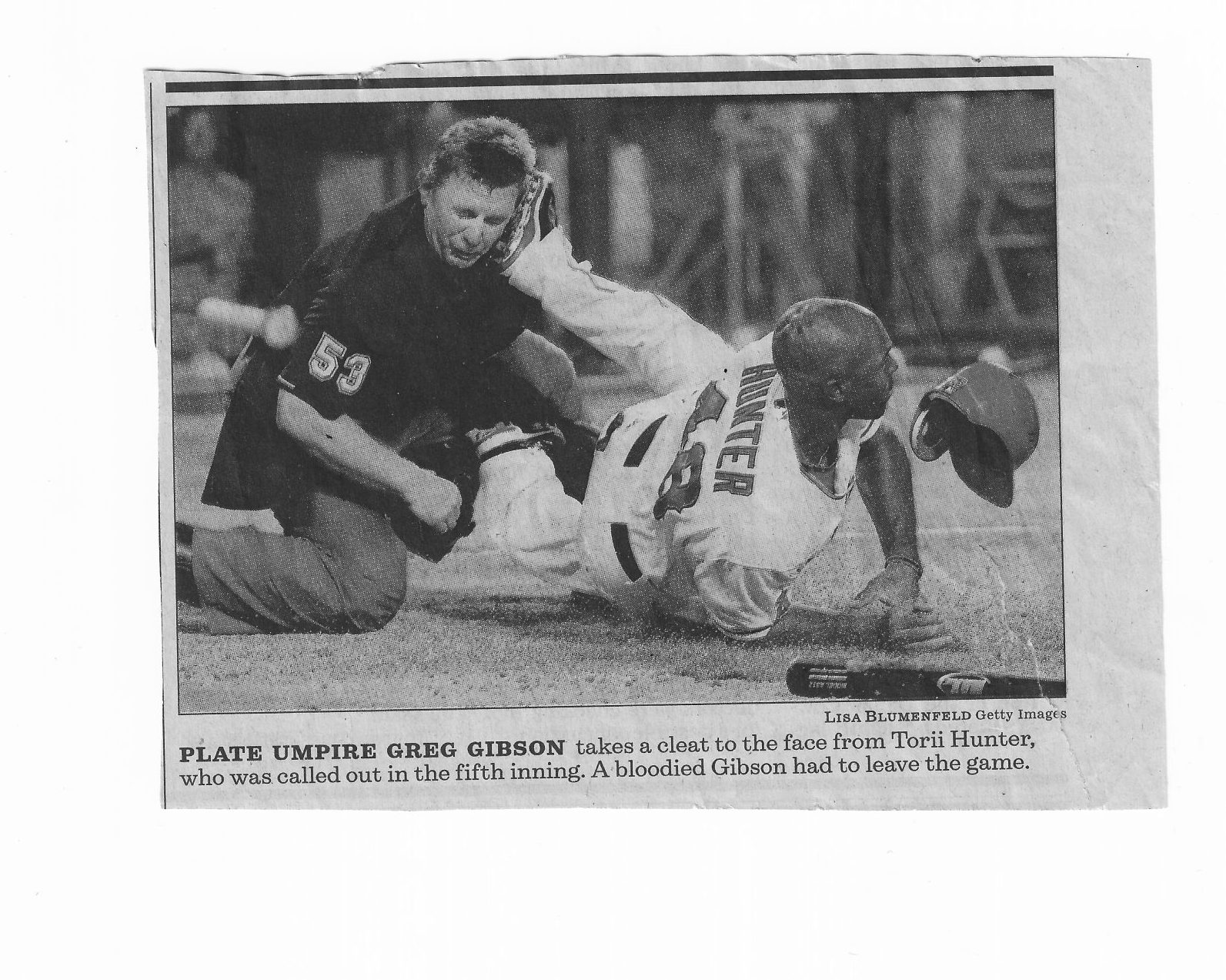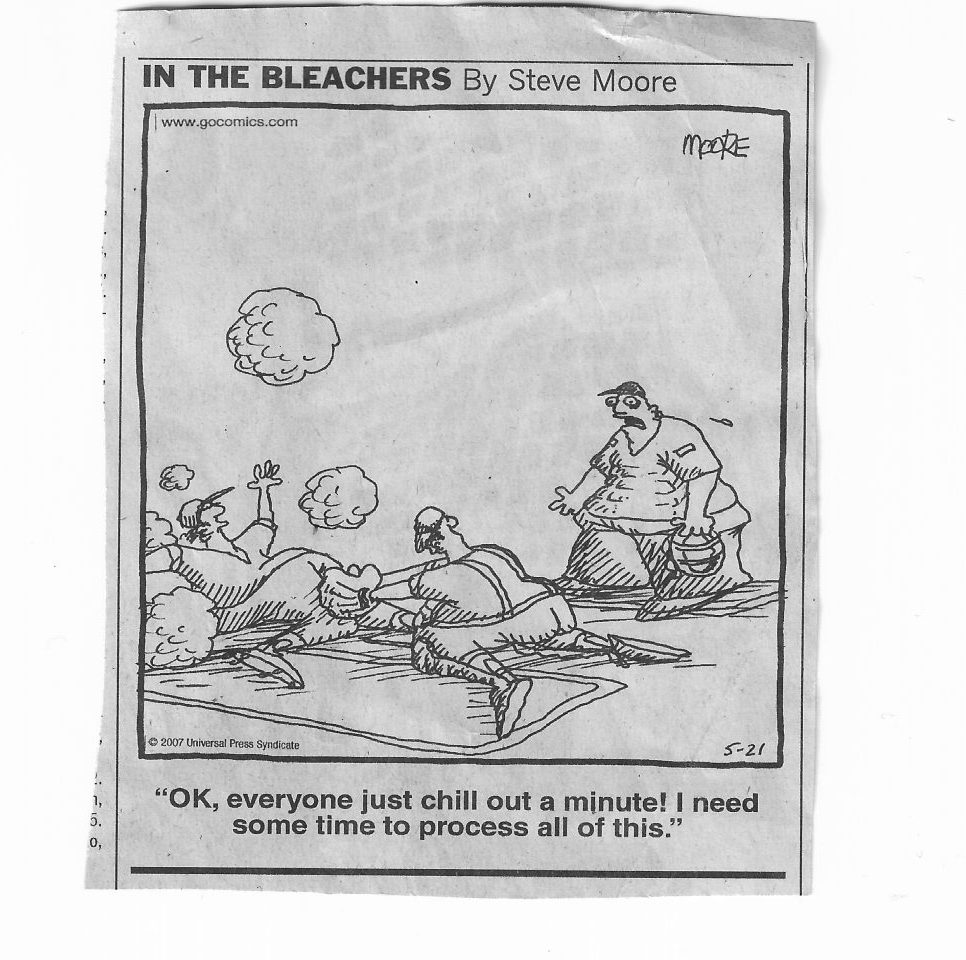Optimal Positioning for Tag Plays
The evolution of the mechanics for calling plays at home plate has been fascinating to observe. Plate umpires can make decisions on 250 to 300 pitches in a game, but one call at the plate might decide the outcome of the game. For many decades, umpires approached plays at the plate using the first-base line extended method, commonly referred to as 1BX. Plate umpires would stand at an imaginary line that would extend the first-base foul line into foul territory past home plate. A number of years ago a new technique emerged for baseball umpires – the third-base line extended position, known as 3BX. This is the opposite position from 1BX with plate umpires standing on an imaginary line from the third-base foul line.
The evolution of the Wedge
For many softball umpires the first use of the word “wedge” related to the area for fly ball coverage by base umpires in a three-umpire system – the area used by U1 when starting from the counter-rotated position. This area is bordered by the imaginary lines drawn from the plate to the right fielder and the plate to the center fielder.
Now the word is used for a relatively new mechanic related to an umpire’s positioning during a tag play. Why? In the past, umpires would choose a pre-determined place to stand, either at the point of the plate or at the first-base or third-base line extended. That put umpires in a fairly good position to see most plays, but if the play exploded, they would not have the best angle.
Why were the plays now exploding more than in the past? One of the major factors is the change in the obstruction rules in both baseball and softball. This rule has evolved because of the desire by these sports to eliminate the dangerous practice of runners flagrantly colliding with fielders, especially catchers, in an attempt to dislodge the ball and get a safe call. To avoid violating the new obstruction rules during plays at the plate, catchers are now starting several feet in front of home plate as opposed to standing on or near it in the past. This change by the positioning of fielders for tag plays inspired a new tactic called “The Wedge.” The Wedge as a mechanic for tag plays has been practiced in baseball for more than a few years. It was introduced to college softball a few years ago and is now being taught as an important mechanic to see tag plays correctly.
What is the Wedge?
This is NOT the Wedge

So why is it called The Wedge? Think of a shape of a wedge or a triangle. The two sides of the wedge represent the path of the runner and the flight of the ball. An umpire using The Wedge would be in between those two lines to see the point of the play where the tag is applied.
The 1BX and 3BX positions have been commonly taught as places to stand and watch. Umpires at the higher levels concluded that they were missing more and more plays at the plate by using these starting positions for a tag play as “stand and watch” positions. They would read the plays correctly, but the play would develop differently than expected and they would not have the best possible view of the play. Using this new concept of the Wedge gave them a whole new view of plays at the plate.
Compared to the 1BX/3BX philosophy, the Wedge is all about movement and putting umpires in a position to see the play completely and correctly. A key difference between The Wedge and the 1BX-3BX methods is that the home plate umpire is keying off the catcher’s movements to gain a good position to see the play. Using 1BX and 3BX, umpires used the flight of the ball to determine their positioning; the Wedge is a new mindset.
Proponents of the Wedge mechanics cite four specific plays where The Wedge helps umpires get the optimal view at plays at home plate:
• Swipe tags (when the catcher applies a tag using a swipe motion)
• Crash plays (when the catcher and runner collide; fortunately not as often as the past)
• Block plays (when the catcher blocks the runner from reaching the plate; now legal only if the fielder has possession of the ball)
• Dropped balls (when the catcher drops the ball)
The Wedge allows umpires to see all types of plays at the plate, especially these more-and-more common plays in today’s games. Umpires cannot just stand in one place like we used to do. Now we must be aggressive and be ready to move. When using The Wedge, some instructors say umpires should act like backpacks for the catchers while others urge umpires to stay on the catcher’s glove-side hip.
The Mechanics for working the Wedge
Locate the ball:
• Position yourself 2-3 feet immediately behind the catcher, lining up with the catcher’s left hip.
• Move in-step with the catcher and remain 2-3 feet behind her.
• Be prepared to make a final step — the “Read Step” — to see the tag applied.
• Slow down, replay what you saw, then make the call

Umpires need to take purposeful steps as the ball arrives to put themselves into that window to see the play. Two key parts of The Wedge mechanic contradict traditional thinking about home plate coverage. First, umpires have been taught to keep 4-8 feet away from the play to have a wider field of vision. Second, umpires have been advised not to go into fair territory to call plays at the plate. Umpires using The Wedge often wind up in fair territory in front of the plate or even up the third -base line.
The Wedge can be difficult to grasp right away but it is worth sticking with it because of the advantages it gives umpires in seeing the play. Although the Wedge was initially advocated for plays at the plate, the Wedge fundamentals can be applied to tag plays at the bases as well. The Wedge challenges what has been taught for years, but it puts umpires in the best place to see the tag play. It makes us better umpires. The game is changing and umpires need to change with it.
